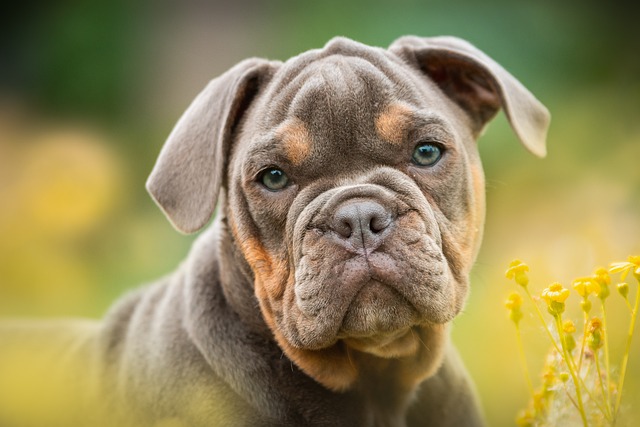
What is glaucoma in a dog?
You might notice your dog squinting more at mealtime or avoiding bright sunlight—these small changes could be early signs of a serious eye condition.
You’re walking your Border Collie through Central Park on an 88°F afternoon, watching him pant heavily. Your instinct screams: "Drench him with water!" But sudden soaking could backfire dangerously. Let’s explore safe hydration strategies backed by veterinary science.
Biologically, dogs cool through evaporation from their tongue and paw pads – not skin like humans. Dousing an overheated dog triggers thermal shock: cold water causes blood vessels to constrict, trapping heat internally. Imagine your dog sprinting at a Miami beach dog park, then being hosed with ice water. This risks cardiac stress or even collapse. Worse, water trapped in thick coats (like Huskies or Goldens) creates a humid layer under fur, acting like a sauna. Research shows poorly timed wetting can elevate core temperatures by 3°F within minutes.
So how do you cool them safely? Prioritize strategic evaporation: Start by moving your dog to shade and letting panting subside (10-15 minutes). Use room-temperature – never cold – water for cooling. Mist paws and belly with a spray bottle, where blood vessels are closest to the surface. Soak bandanas in cool water (not icy) and wrap loosely around the neck. For breeds with dense undercoats, use a high-velocity dryer on "cool" setting to mimic evaporative cooling. Always provide drinking water first – dehydration makes heat regulation impossible. Test pavement with your palm: if asphalt feels hot, wet their paws immediately after walking to prevent burns.

This approach honors U.S. animal welfare ethics. Never force a terrified dog under a hose – pair wetting with positive reinforcement like chicken treats. Legally, leash your dog during outdoor cooling (even in your yard – wet dogs bolt unexpectedly!), and respect drought restrictions like Nevada’s water-use limits. Scoop poop immediately post-cooling – heat accelerates bacterial growth, and fines reach $400 in Austin parks. Apartment dwellers, note: Balcony kiddie pools? Usually banned. Water damage to lower units violates leases, and stagnant water attracts mosquitoes.
Community awareness is key. At that backyard BBQ? Ask before spraying a dog near food areas. Recognize overheating red flags: purple gums or vomiting means stop cooling and seek emergency vet care. Responsible owners carry collapsible bowls – offering water before wetting is expected at dog-friendly spaces like Denver breweries.
Ultimately, wetting helps only when paired with evaporation. Time it right: Cool paws after walks, mist during shade breaks, and always towel-dry dense coats. Your vet can recommend cooling vests for heat waves. Done wisely, water becomes a lifesaver – not a shock hazard.

You might notice your dog squinting more at mealtime or avoiding bright sunlight—these small changes could be early signs of a serious eye condition.

Let’s set the scene: It’s a sweltering Phoenix afternoon—105°F outside—and you rushed your 2-year-old Lab mix, Cooper, on a quick walk to “get it over with.”

Let’s get real: You’re in your Miami apartment, watching your 3-year-old Corgi, Loki, struggle to climb the stairs to your second-floor unit.

Many dog owners brush off occasional scratching as just “dog behavior,” but persistent itching often signals something more—like a food allergy.

You might first notice your dog scratching more than usual—chewing at their paws until the fur looks thin, or rubbing their face against the couch nonstop.

Let’s be real: You’re standing in your Chicago apartment, watching your 3-year-old Beagle, Max, huff and puff just to climb onto the couch.